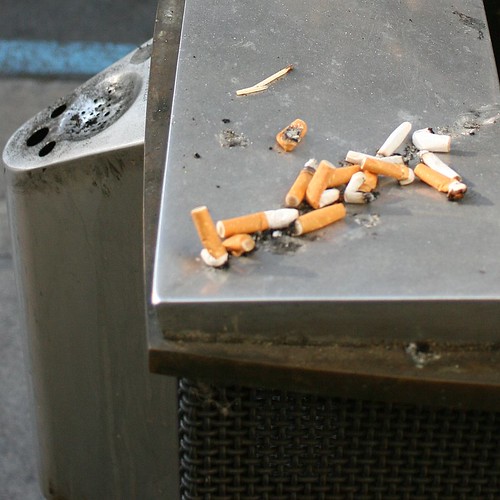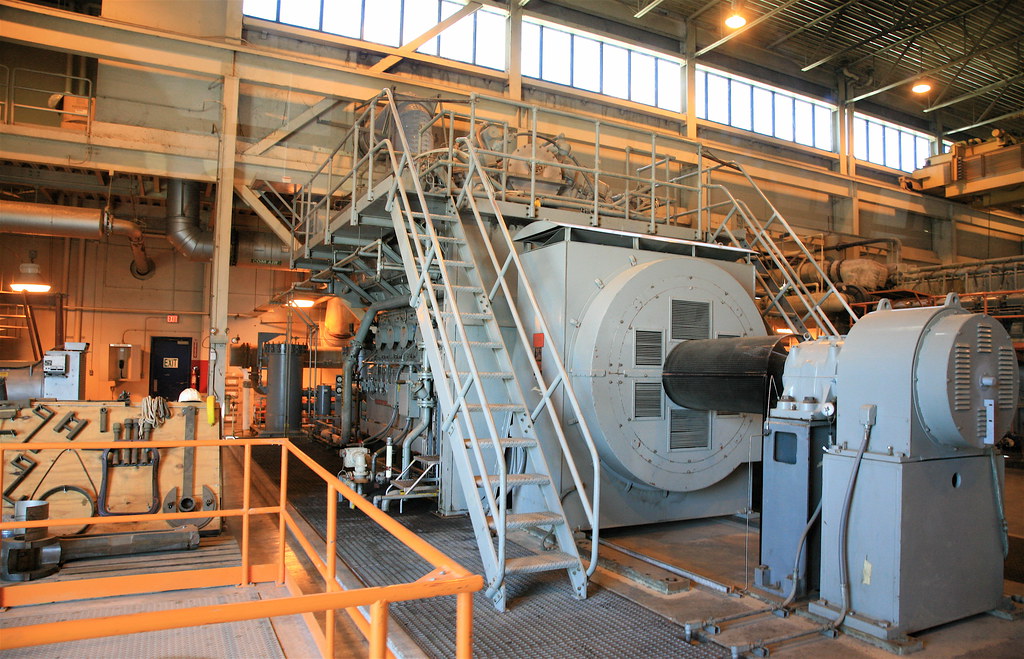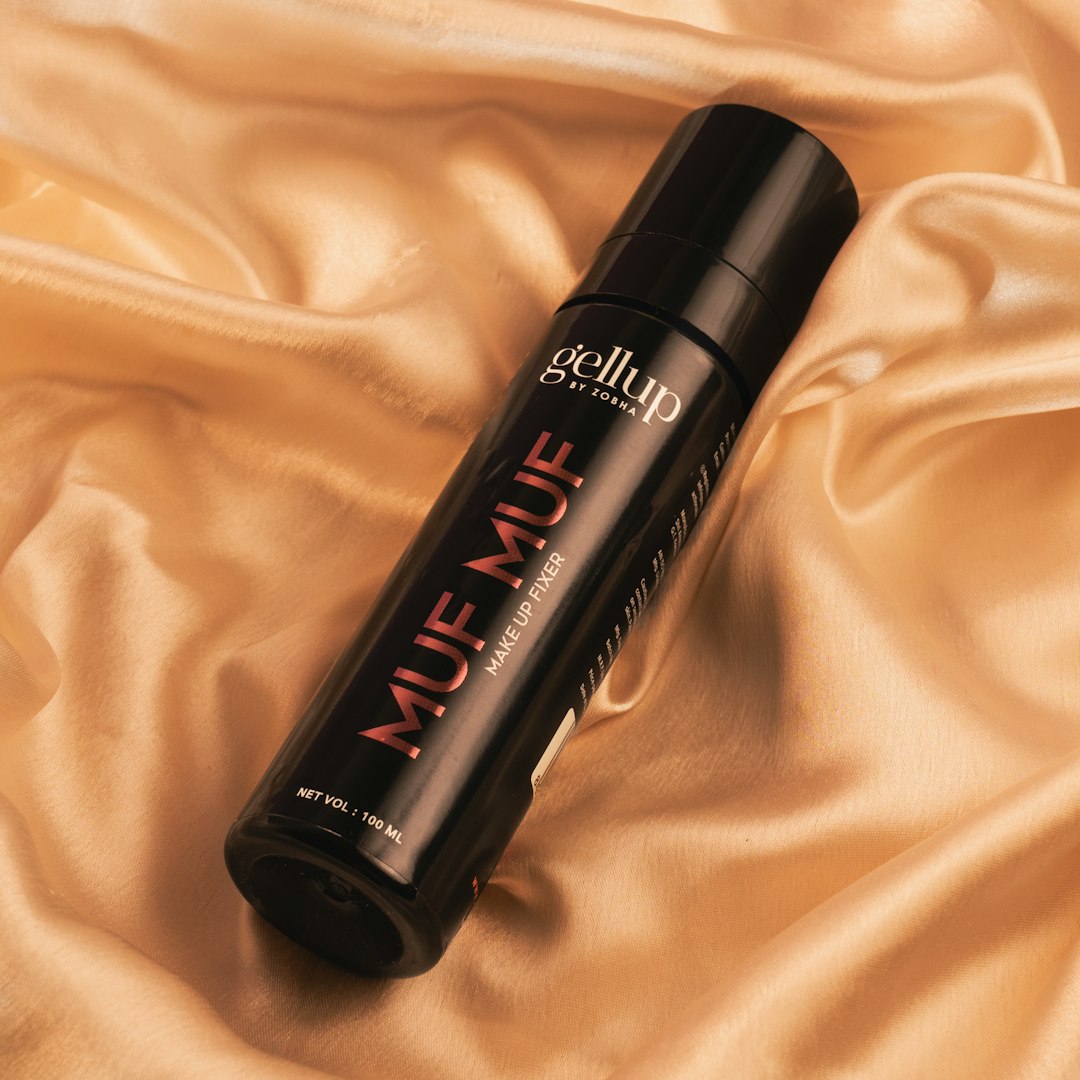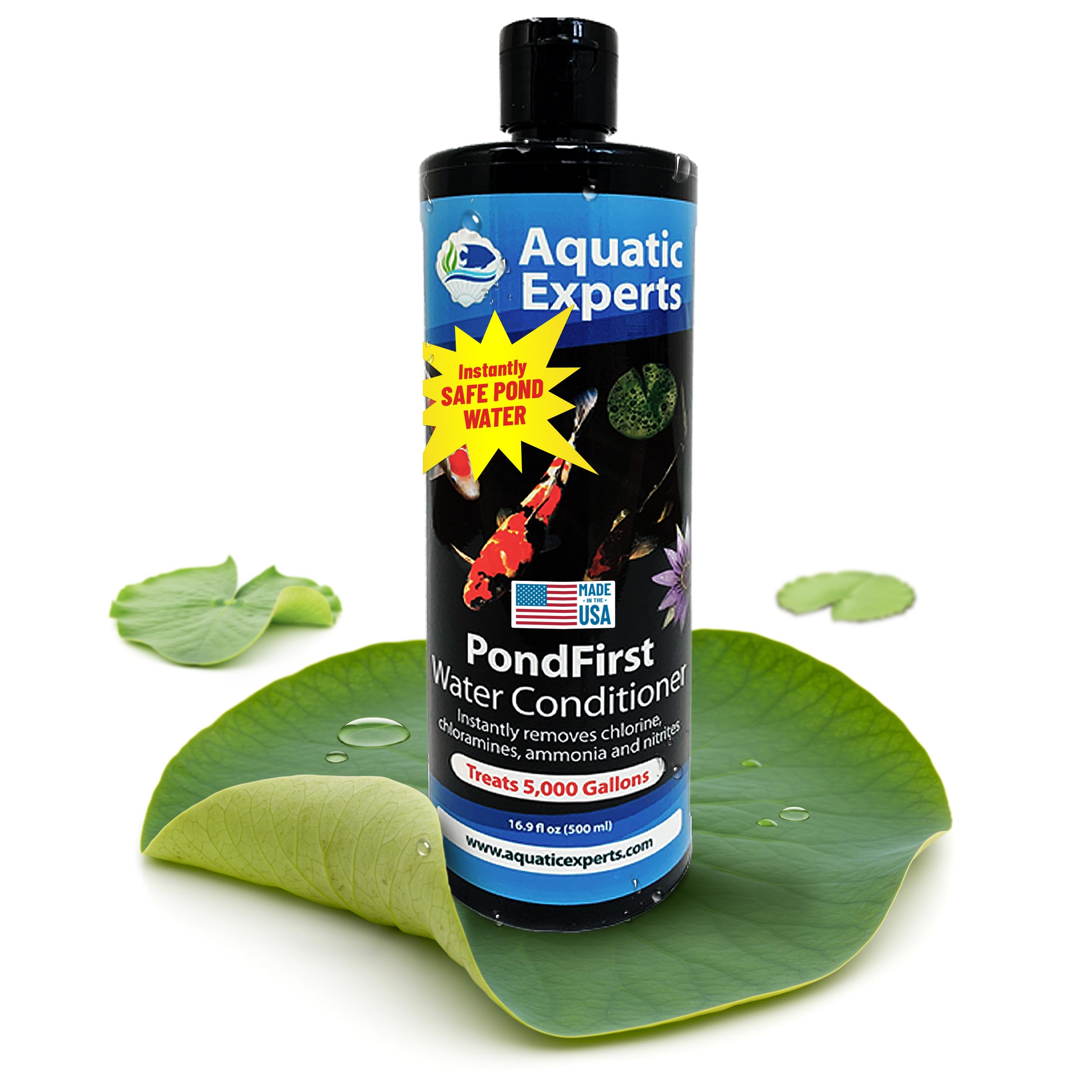Ammonia: The Silent Threat Lurking in Your Fish Tank

Setting up and maintaining a thriving fish tank isn't just about choosing the prettiest fish. There's science to it, and one silent but deadly threat can quickly turn your aquatic paradise into a disaster: ammonia. Let's dive into why ammonia is a major concern and how you can keep it in check to ensure your aquatic friends swim happily ever after.
Why Ammonia Must Go

Ammonia can be a real killer in your tank—literally. It's the leading cause of death among freshwater fish. Fish produce ammonia naturally through their gills and waste. It doesn't stop there: uneaten food and decaying organic matter are ammonia's partners in crime, slowly poisoning your tank environment.
The effect of ammonia on your fish can be dramatic. Even in small doses, it causes stress. In higher concentrations, ammonia becomes lethal. Imagine your fish struggling to breathe, their vibrant colors dulling, lethargy taking over—these are signs ammonia might be at play. To understand more about the harmful impact of ammonia and effective removal strategies, you can review the scientific research outlined in this clinical study on ammonia toxicity and filtration techniques.
Spotting Ammonia Sources

Knowing where ammonia comes from is half the battle. Here's a quick list:
- Fish excretion through gills, urine, and waste.
- Uneaten food decomposing at the bottom of the tank.
- Plant matter and other organic debris breaking down.
Adding live plants can help absorb some of this waste. For example, incorporating pothos in aquariums not only enhances aesthetics but also contributes to water quality improvement by naturally filtering toxins like ammonia.
Early intervention is key, so routinely check and control these factors to prevent an ammonia build-up.
Ammonia Control: Simple Steps to Take

Thankfully, keeping ammonia at bay isn't rocket science. Follow these practical steps:
- Regular Water Changes: It's essential for diluting ammonia concentrations.
- Efficient Filtration: Use a filter appropriate for your tank size to manage breakdown of waste.
- Monitor Feed: Avoid overfeeding your fish by giving them only as much food as they'll eat quickly.
- Regular Testing: Use ammonia test kits to ensure you're within safe levels (<0.02 mg/L).
You can add products like AQUARIAN Ammonia Remover to your line of defense. This product detoxifies ammonia instantly, making it a handy tool when you notice a sudden influx.
Choosing the Right Ammonia Remover

Not all ammonia removers are created equal. Here’s a quick comparison to get you started on choosing the right product for your tank:
| Product | Action Time | Additional Features |
|---|---|---|
| AQUARIAN Ammonia Remover | Instant | Safe for all fish & plants |
| Seachem Prime | Instant | Also detoxifies nitrite & nitrate |
| TetraAqua AmmoniaSafe | Within hours | Easy-to-use liquid form |
Each product has its strengths. Choosing the right one depends on your specific needs and the current state of your aquarium.

If you're caring for goldfish, make sure to also select compatible aquatic plants that won’t be easily uprooted or destroyed. Here’s a guide to the best plants for goldfish tanks, helping you maintain a healthier and more natural habitat for your finned companions.
Keep the Balance, Keep Them Alive

The secret to keeping your fish tank healthy is balance. Regular maintenance, careful feeding, and a reliable ammonia remover can keep your aquatic pals healthy and happy. With these tips, you’re set to tackle the stealthy threat of ammonia head-on.

How do you manage ammonia in your tank? Feel free to share your tips or comment below on what’s worked for you. Let’s keep the conversation going!
PondFirst Water Conditioner - Treats 5,000 Gallons

Transform your pond into a haven of purity with PondFirst Water Conditioner. Expertly formulated to instantly eliminate chlorine, chloramines, ammonia, and nitrites, this powerful solution ensures a safe and healthy environment for aquatic life. Perfect for maintaining clear, balanced water in ponds of all sizes. With every bottle, treat up to 5,000 gallons effectively, supporting vibrant, thriving ecosystems effortlessly. Safe, effective, and easy to use!
Seachem Prime Water Conditioner 500 mL

Ensure your aquatic environment is pristine with Seachem Prime. This concentrated conditioner is perfect for both marine and freshwater tanks. It effectively removes chlorine and chloramine while detoxifying ammonia, nitrite, and nitrate. Safe for fish and plants, it enhances natural slime coat production. Essential for water changes, it keeps your tank's chemistry balanced and your aquatic life thriving.
Frequently Asked Questions
What is the fastest way to remove ammonia from a fish tank?
The quickest way to lower ammonia levels in your fish tank is by performing a water change. Removing 25-50% of the water dilutes the ammonia concentration. You can also use products like Seachem Prime to detoxify ammonia temporarily and add live plants to naturally filter the water.
How does Seachem Prime help with ammonia removal?
Seachem Prime works by detoxifying ammonia, nitrites, and nitrates in your aquarium. It binds ammonia through chelation, making it non-toxic for up to 24 hours, giving beneficial bacteria time to process it safely.
Why is ammonia dangerous for fish?
Ammonia is highly toxic to fish, as it damages their gills, reduces oxygen absorption, and can cause stress or death. Maintaining proper water parameters with regular testing and adequate filtration is essential to prevent ammonia buildup.
Can live aquatic plants help reduce ammonia in a fish tank?
Yes, live aquatic plants help absorb ammonia directly from the water, while also providing oxygen and contributing to the overall biological balance of the tank. Fast-growing plants like Hornwort or Anacharis are particularly effective.
How often should I test ammonia levels in my aquarium?
It’s recommended to test ammonia levels at least once a week, especially in new tanks or during cycling. Regular monitoring ensures you can address spikes in ammonia before they become dangerous for your fish.
To wrap it up, keeping ammonia at bay is just one of the many ways to ensure your fish tank is a healthy and happy environment for your aquatic pals. We’re so glad you joined us on this deep dive into aquarium care, and we’d love to keep you in the loop with more tips and tricks. Follow us on X to get quick updates and insights, or hop over to our Pinterest to explore beautiful and inspiring fish tank setups. If you're on the go, check out our Instagram for snapshots and stories that bring a smile. Don’t forget to join our community on Facebook where we share all things aquatic. Let's keep the conversation flowing and ensure your underwater world thrives!
